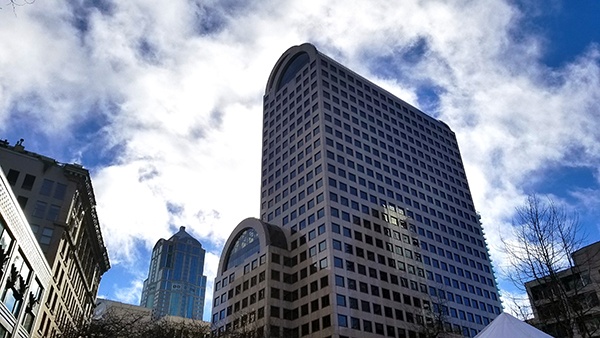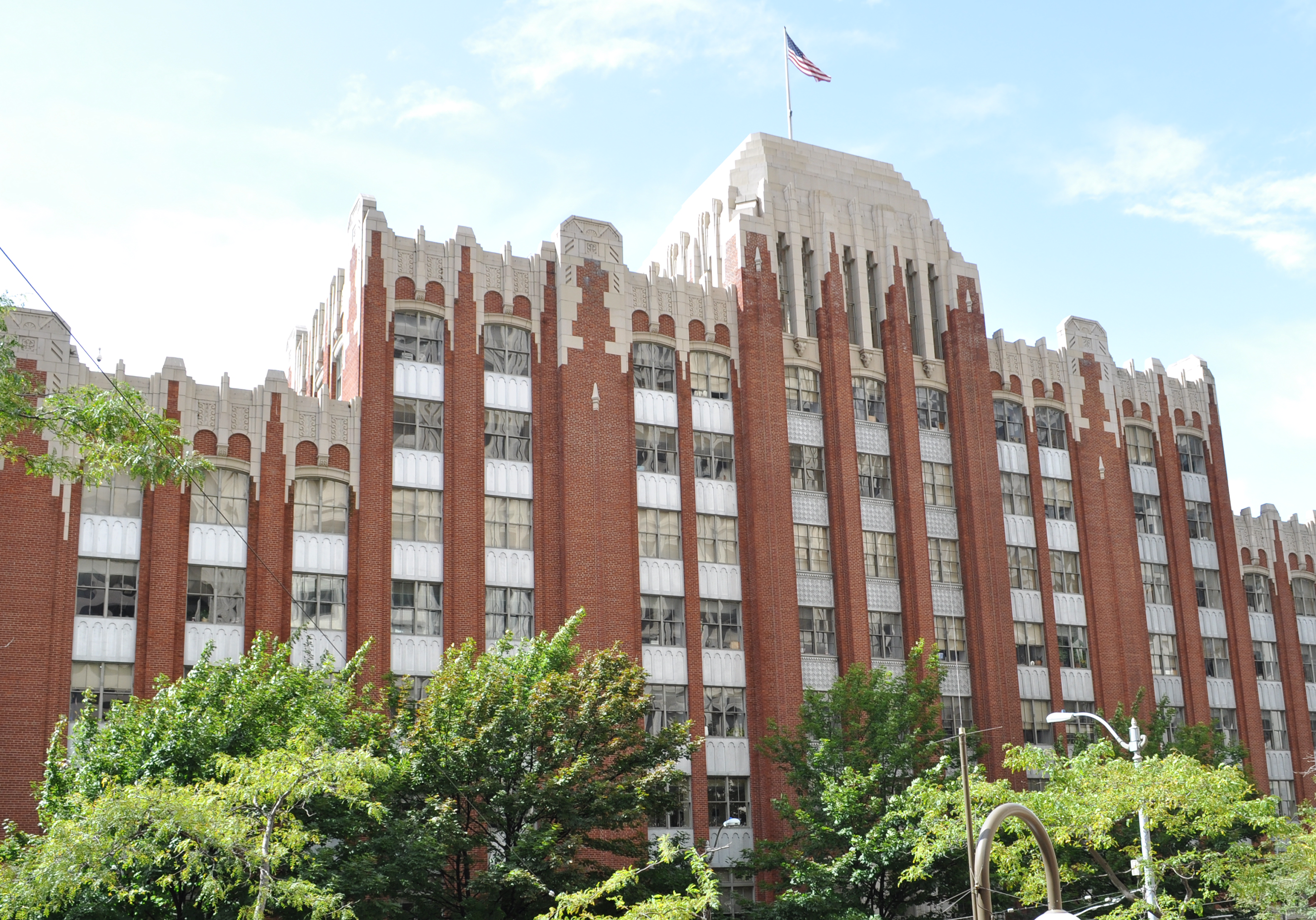You've made it to Part VII of The Basics of Commercial Lines Rating! If you need a review, don't hesitate to explore our previous entries in this series.
And before continuing, be sure to stay informed with similar content by signing up for notifications.
The Special Causes of Loss form is just that, special. It provides coverage for risks of direct physical loss unless, of course, they are excluded or limited. Unlike the Basic and Broad forms, which only cover what’s listed, the Special form covers everything except what’s listed in the called-out exclusions, limitations, and conditions.
 The Special Causes of Loss form provides different coverage for
The Special Causes of Loss form provides different coverage for
commercial property than the Basic or Broad form provides.
Related:
To Be Class Rated or Not To Be, Rule 85
A couple of items to note:
- Theft coverage is included when using the limit of insurance (LOI) rating method, but it can be excluded.
- The Watercraft Exclusion modifies coverage under the Special form. It excludes watercraft damage to retaining walls that are not part of a building, such as bulkheads, pilings, piers, wharves, or docks.
When rating a policy with the Special form, both class-rated and specifically-rated properties are eligible. The amount of insurance and the coinsurance percentage must be the same for each cause of loss rated.
Property in offices may be written as a separate item under Special Causes of Loss, and Basic or Broad Causes of Loss forms can be used for the remaining property.
Special Causes of Loss eligibility requirements
Like on the Broad Causes of Loss form, the Special Causes of Loss form requires that coinsurance be at least 80% for property damage and 50% for time-element coverages. Be aware that certain risks cannot be covered under the Special form (Rule 72.C.). These include:
- For buildings and personal property
- Farm or farming operations
- Grain elevators, grain tanks, and grain warehouses
- Nuclear reactor plants and installations
- Neon, automatic, or mechanical electric outdoor signs erected or in the course of construction
- Risks rated using the Rating Plan for Highly Protected Risks or Superior Risks
- For stock (unless incidental to the principal business):
- Dealers in live poultry or live animals
- Dealers in plants or shrubbery, florist greenhouses or nurseries
- Wholesale fresh fruit and vegetable dealers
To develop the premium for a Special form policy, you will need to rate:
Group I Causes of Loss
Group II Causes of Loss
Special Causes of Loss
Basic Group I (BGI) and Basic Group II (BGII) loss costs are determined in the same way as a Basic form policy, regardless of whether the risk is class or specifically rated.
Here’s what the Special form loss costs might look like using the LOI rating method:
Building coverage
Loss cost: .056 (includes theft coverage).
To exclude theft from building coverage, apply a factor of .88 to the building rate.
Personal Property coverage
Special form loss costs:
|
Occupancy Category |
Loss Cost |
|
Residential Apartments and Condominiums |
.187 |
|
Offices |
.177 |
|
Mercantile – High |
.246 |
|
Mercantile – Medium |
.210 |
|
Mercantile – Low |
.161 |
|
Motels and Hotels |
.120 |
|
Institutional – High |
.120 |
|
Institutional – Low |
.079 |
|
Industrial and Processing – High |
.210 |
|
Industrial and Processing – Low |
.177 |
|
Service – High |
.192 |
|
Service – Low |
.147 |
|
Contractors |
.268 |
|
Territory (County) |
Territorial Multiplier |
|
King |
1.206 |
|
Pierce |
1.111 |
|
Balance of State |
1.000 |
Factors to exclude theft from Personal Property coverage:
|
Occupancy Category |
Theft Exclusion Factor |
|
Residential apartments and Condominiums |
.60 |
|
Motel-hotel Risks |
.60 |
|
Contractors Risks |
.20 |
|
All Other Risks |
.40 |
Applying rate factors
BGI and BGII loss costs: When rating these for a Special form policy, apply the same rate factors in the same order as for a Basic form policy.
Special form loss costs: Apply applicable rate factors in the following order:
- Company filed loss cost multiplier
- Territory multiplier
- Coinsurance adjustment, if applicable
- Watchman service and/or burglar alarm system modification
- Theft exclusion factor
- Limit of Insurance relativity factor, if LOI rating method is used (interpolated)
- Factors or charges required by individual rules
- Taxes, unless local requirements dictate otherwise
- Payment plan factor
Remember to apply additive factors before applying multiplicative factors unless a rule states otherwise.
The “formula” to rate a policy with Special Causes of Loss without factors or charges dictated by individual rules — using (LOI) methodology would look like this:
Group I: Building coverage and Contents coverage
- Basic Loss Cost x Company Loss Cost Multiplier x Protection Class Multiplier (if class rated) x Territory
- Multiplier (if class rated) x Coinsurance x Interpolated LOI Relativity Factor = Final Rate
- Final Rate x Limit of Insurance per 100 = Group I premium
Group II: Building coverage and Contents Coverage
- Basic Loss Cost x Company Loss Cost Multiplier x Coinsurance x Interpolated LOI Relativity Factor = Final Rate.
- Final Rate x Limit of Insurance per 100 = Group II premium.
It is important to note that Territory and Protection Class multipliers do not apply to Group II.
Special Causes of Loss: Building coverage and Contents coverage
- Basic Loss Cost x Company Loss Cost Multiplier x Territory Multiplier x Coinsurance x Theft Exclusion
- Factor (if applicable) x Interpolated LOI Relativity Factor = Final Rate.
- Final Rate x Limit of Insurance per 100 = Special Causes of Loss Premium.
Note that the Protection Class Multiplier does not apply to Special Causes of Loss.
You will find the complete Causes of Loss — Special Form Rule (Rule 72) in Division Five of the Commercial Lines Manual.
This concludes The Basics of Commercial Rating series, which we designed to cover the foundations of this often-complex topic.











